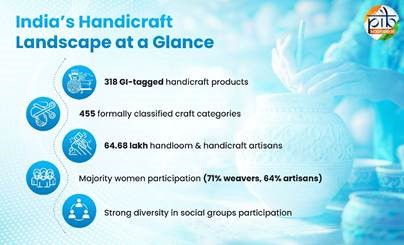Description
.png)
Disclaimer: Copyright infringement not intended.
Context
- Four states raised Rs 5,800 crore through state development loans (SDL) auction.
Background
- State governments in the country also have their budgets. At times, the expenditure of state governments may be higher than the revenue in the estimated budget. This can lead to a fiscal deficit.
- One of the ways of funding such fiscal deficits is through the issuance of State Development Loans (SDL).
SDL and its Features
- State Development Loan (SDL) is a bond issued by state governments to fund their fiscal deficit.
- Each state can borrow up to a set limit. SDLs pay interest on a half-yearly basis and repay the principal amount on maturity. These bonds are issued generally for 10-year but they can be issued with other maturities too.
- SDLs are less risky than AAA-rated corporate bonds as it has a sovereign guarantee.
- The yield on these papers is usually higher than the benchmark government bonds.
- SDL issues are managed by the Reserve Bank of India. RBI also ensures that the SDLs are serviced by the state governments by closely monitoring interest and principal repayments.
- It is important to note, however, that RBI is not responsible for guaranteeing SDLs. Like any government bond, SDLs can also be electronically traded.
- Apart from retail investors, SDL participants mostly include various banks, insurance companies, mutual funds, provident funds, and other direct institutional investors.
.jpeg)
Tax on interest from SDLs
- Interest received from SDLs is taxable just like interest income from any debt instrument.
- Since these generally have a maturity of 10 years, long-term capital gains tax is applicable on the interest income.
- Long-term capital gains tax is applicable at a flat rate of 20% post indexation plus applicable cess and surcharge.
SDL- Fast Facts
- Each state is allowed to issue securities up to a certain limit per year.
- SDLs are traded at a spread above the benchmark G-sec security of the same tenor. The spread is based on the state finances.
- SDLs are issued in the primary market through normal auctions conducted by the RBI and traded in the secondary market.
- Interest is serviced at half-yearly intervals and the principal is repaid on the maturity date.

MUST READ:
Long-Term Capital Gains Tax - https://www.iasgyan.in/daily-current-affairs/ltcg
Indexation: https://www.iasgyan.in/daily-current-affairs/ltcg
Fiscal Deficit: https://www.iasgyan.in/daily-current-affairs/fiscal-deficit-15#:~:text=Fiscal%20deficit%20is%20the%20negative,of%20taxes%20and%20other%20revenues.
|
PRACTICE QUESTION
Q. Which of the following statements are correct in reference to State Development Loans?
a) Long-term capital gains tax is not applicable on the interest income of State Development Loans as they have a sovereign guarantee.
b) SDL issues are managed by the Securities and Exchange Board of India.
c) RBI is not responsible for guaranteeing SDLs.
d) SDLs pay interest on a half-yearly basis and repay the principal amount on maturity.
1. a and c only
2. b and d only
3. c and d only.
4. All of the above statements are correct.
Correct Answer: Option 3
|

https://www.business-standard.com/economy/news/only-four-states-raise-nearly-rs-5-800-crore-through-bond-auction-123041101045_1.html




.png)
.png)






